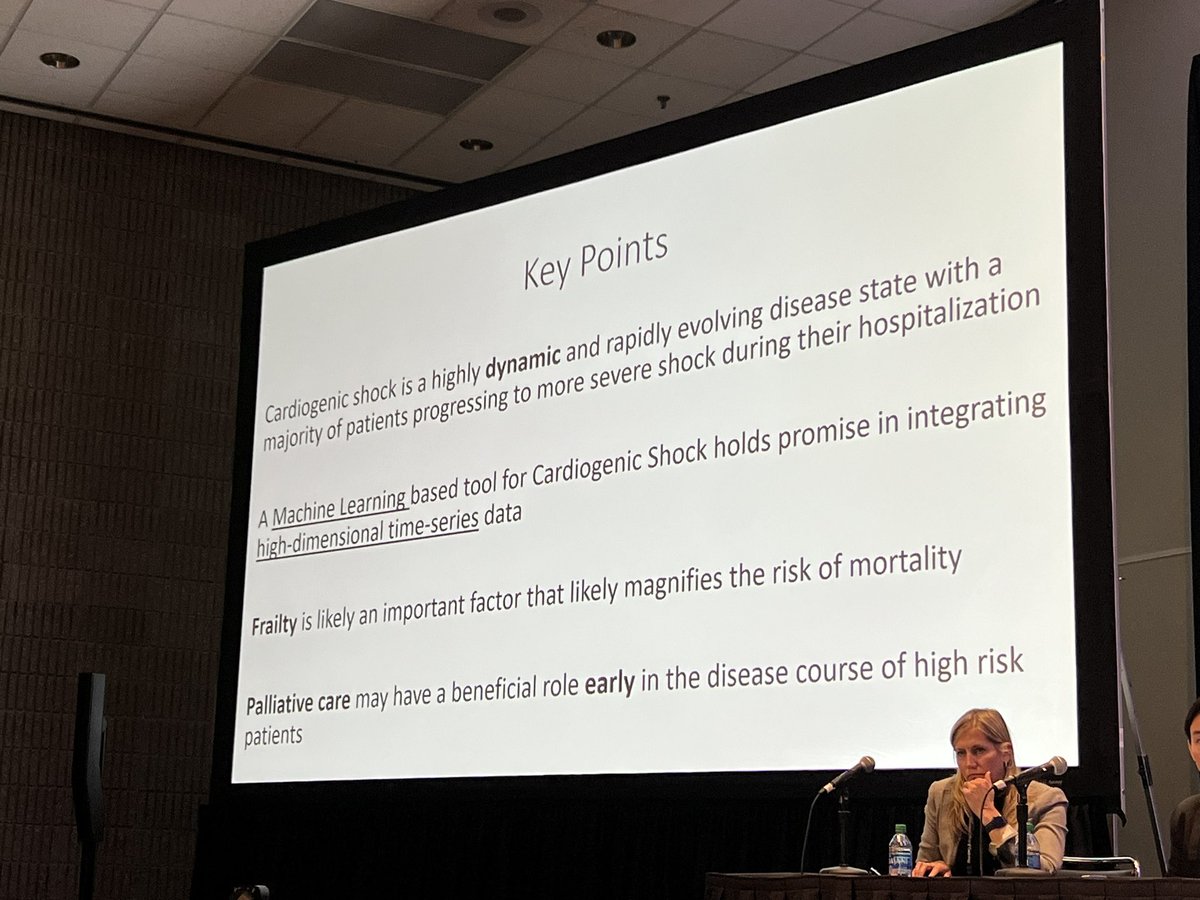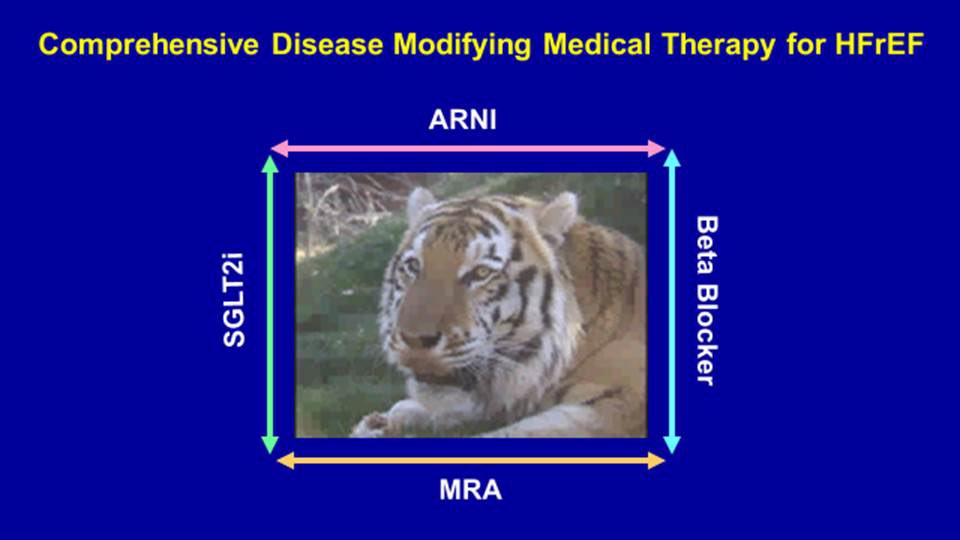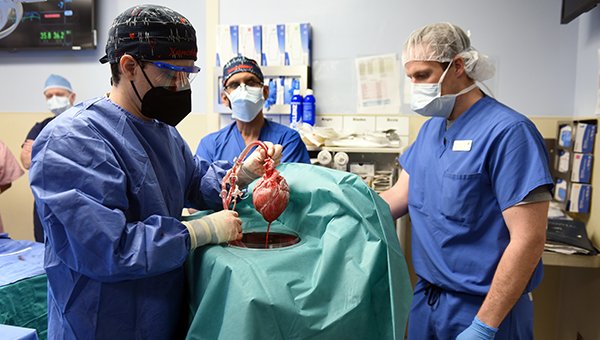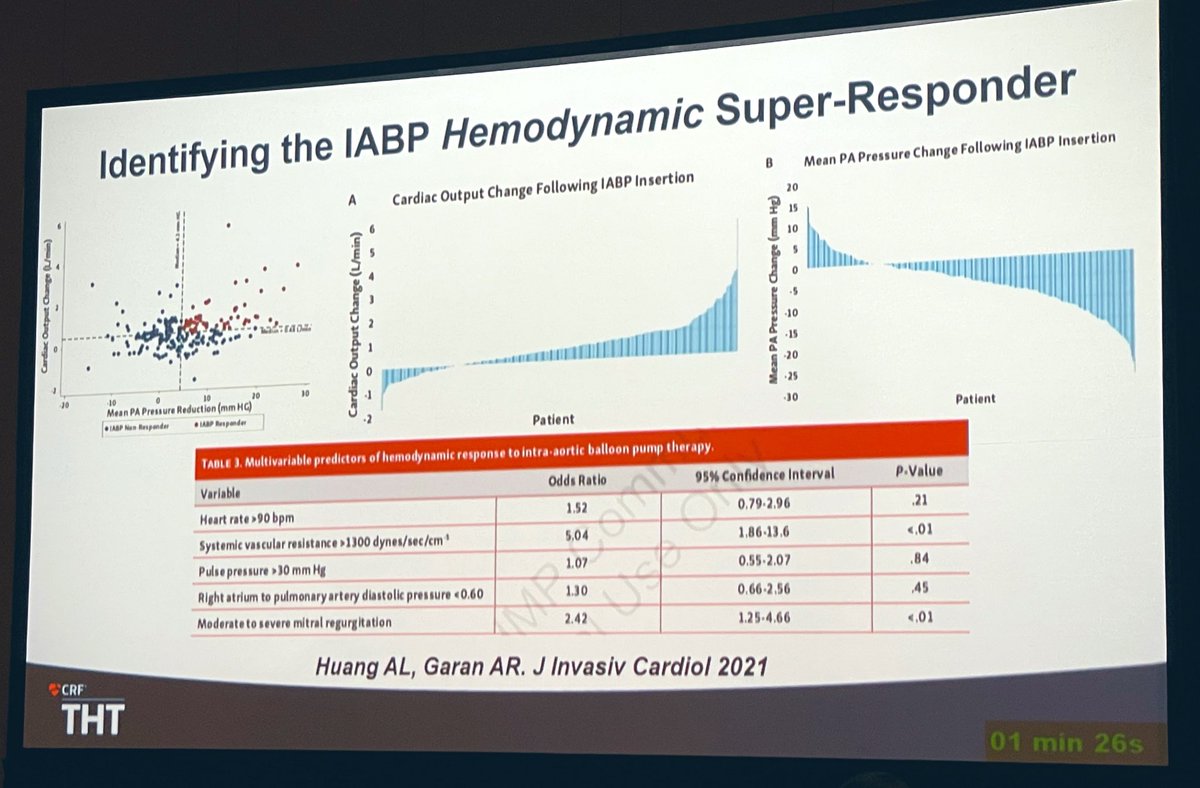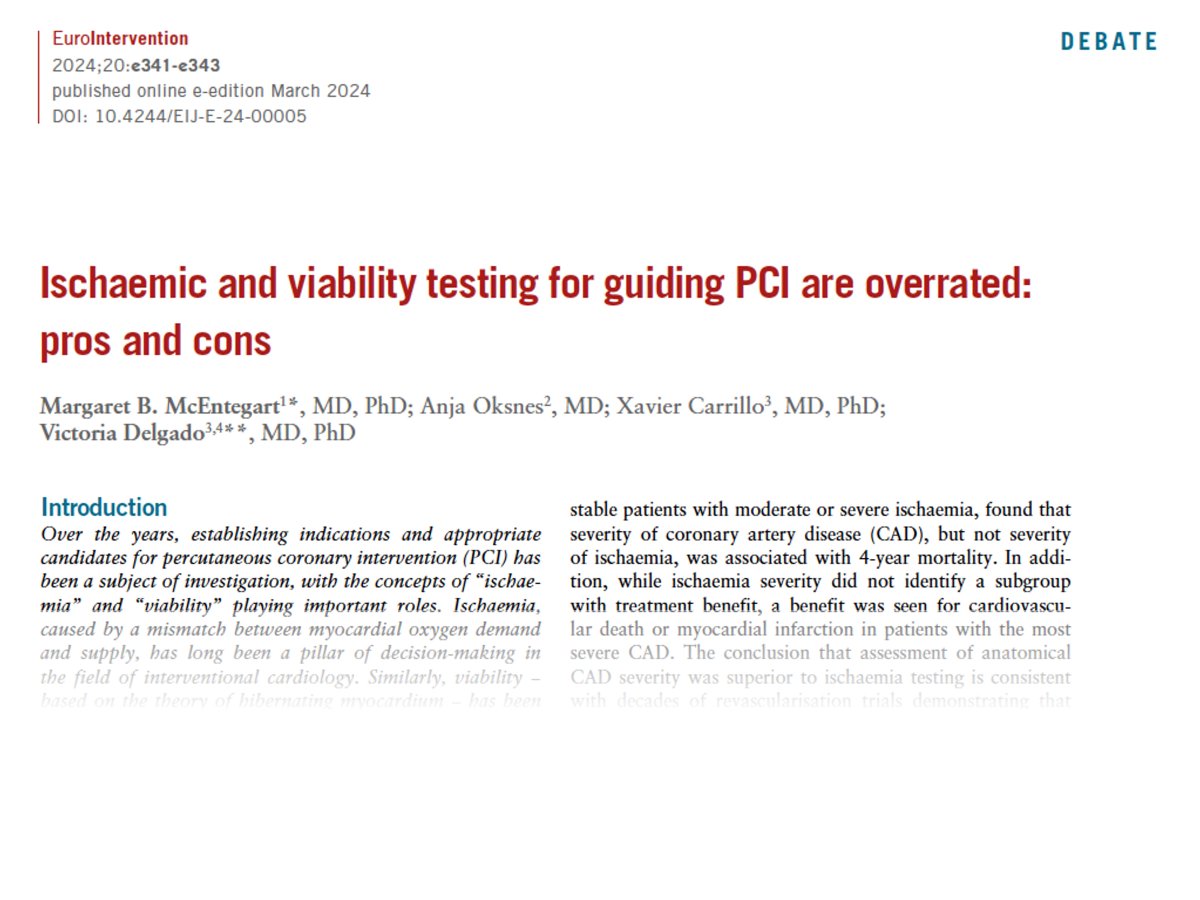
Dafsah A. Juzar
@djuzar
Intensive & Interventional Cardiologist, Keen Cyclist
ID: 72042619
06-09-2009 14:17:28
281 Tweet
227 Followers
169 Following
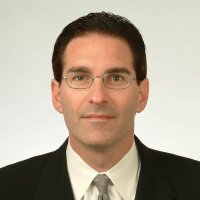
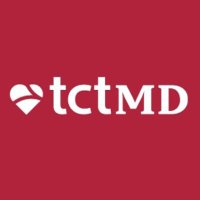
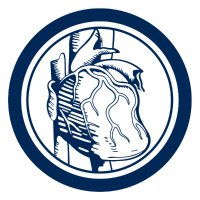
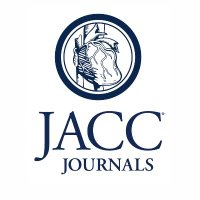
Targeting inflamm-aging to reduce the burden of #CVD in the elderly population: a quest for a broad approach. bit.ly/3p7dxsa #CardioTwitter #ACCIntl #JACC #HeartFailure #CHIP Center for Molecular Cardiology Università di Genova Luca Liberale Lina Badimon CardioTomLuscher
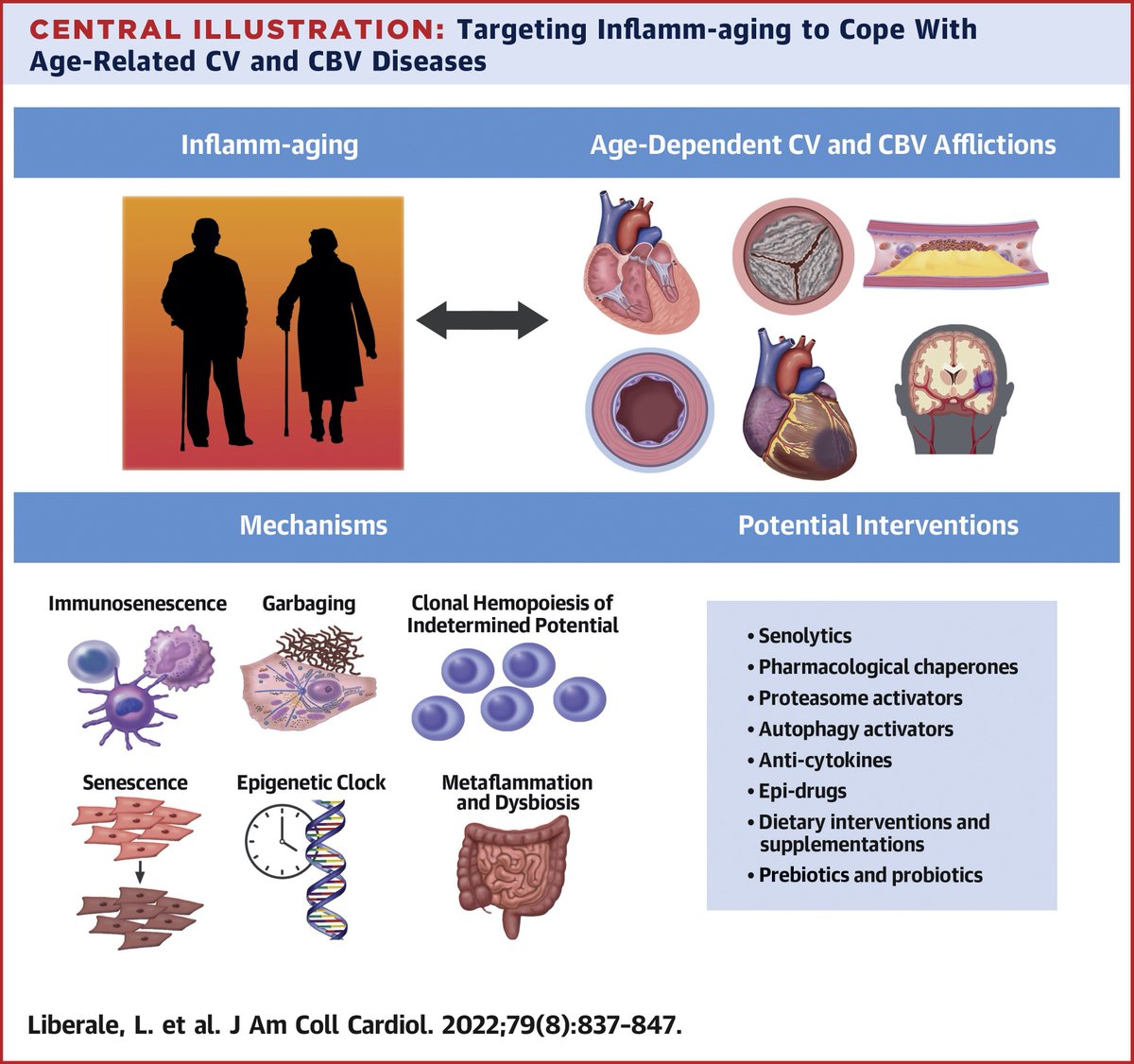
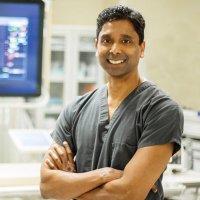
Found these pressor descriptors based on Marvel Entertainment characters Journal of Brown Hospital Medicine The Warren Alpert Medical School and had to share because I’m also a #ComicArt geek Duane Pinto MD MPH David Homan, MD Perwaiz Meraj Alex Truesdell Babar Basir Navin Kapur David Baran Anju Bhardwaj MD FACC Bailey Ann Estes Ankur Kalra Shelley Hall
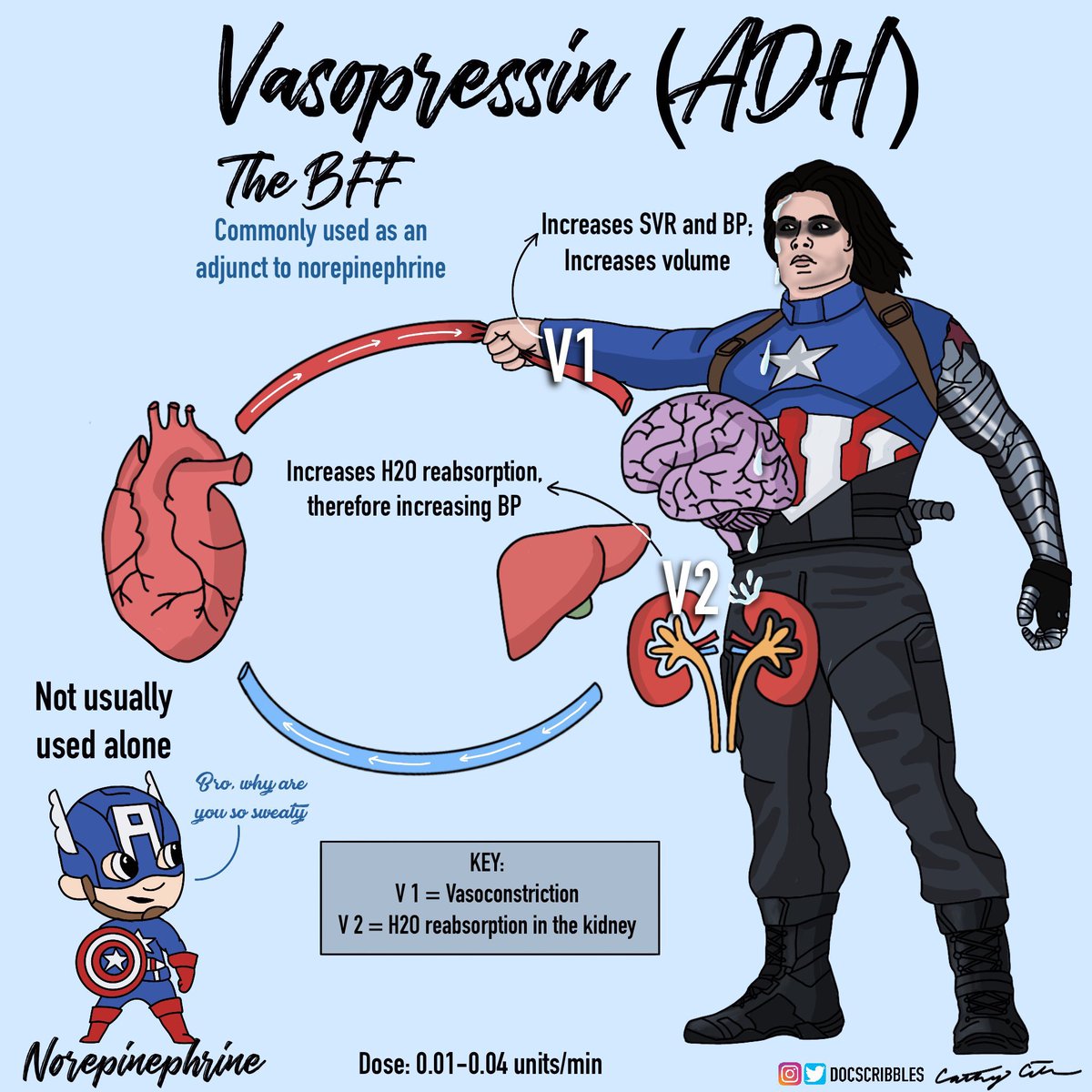
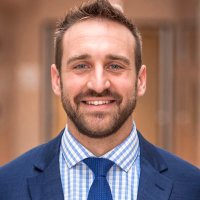
Do you ❤️ hemodynamics? How about PV loops? Here is Part I of our journey to to help YOU better understand PV loops and make them a little less daunting. Couldn't have done this without ⭐ Jefferson Health resident Jaya Janadhyala, and edits from Patrick Sullivan. Stay tuned for Part 2!
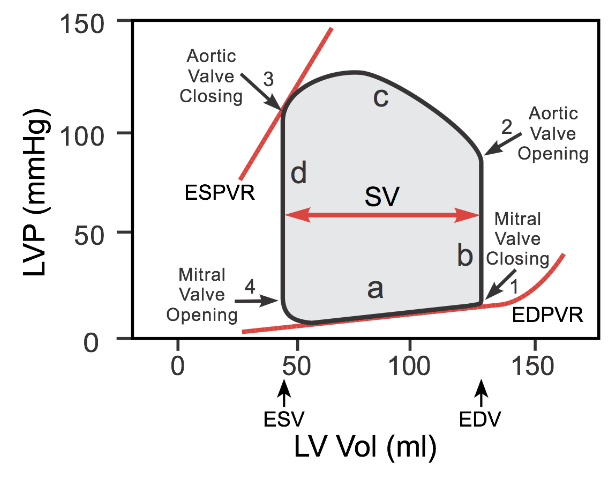
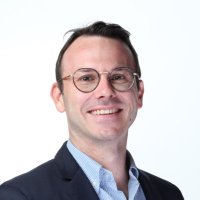
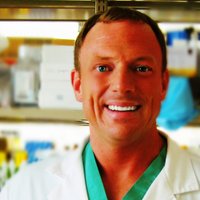
🩸Blood: Who can receive what blood type #MedEd #MedTwitter #FOAMed H/T The Innovation | Medicine

🚨❤️ It's #CPRAEDAwarenessWeek! Nearly 3 out of 4 cardiac arrests happen outside a hospital. Be prepared to take action! Learn Hands-Only CPR and become a real-life superhero. 🦸♀️🦸♂️ Let's create the #NationOfLifesavers, ready to make a difference. ❤️ Elevance Health








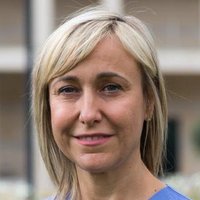
🚨#HotOffThePress🚨 📕Evaluation + Management of patients with #CTO Considered for Revascularisation by #EAPCI + #EACVI + WG Cardiovascular Surgery TOPICS: 🎯Examination 🎯Imaging 🎯Decision-making: #HeartTeam 🎯Clinical outcomes 🔗bit.ly/EAPCICTO (EuroIntervention)


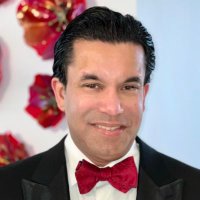
Thought provoking talk by Ajar Kochar at #ACC24 on the challenges of frailty and futility in the management of #CardiogenicShock #CardioTwitter
